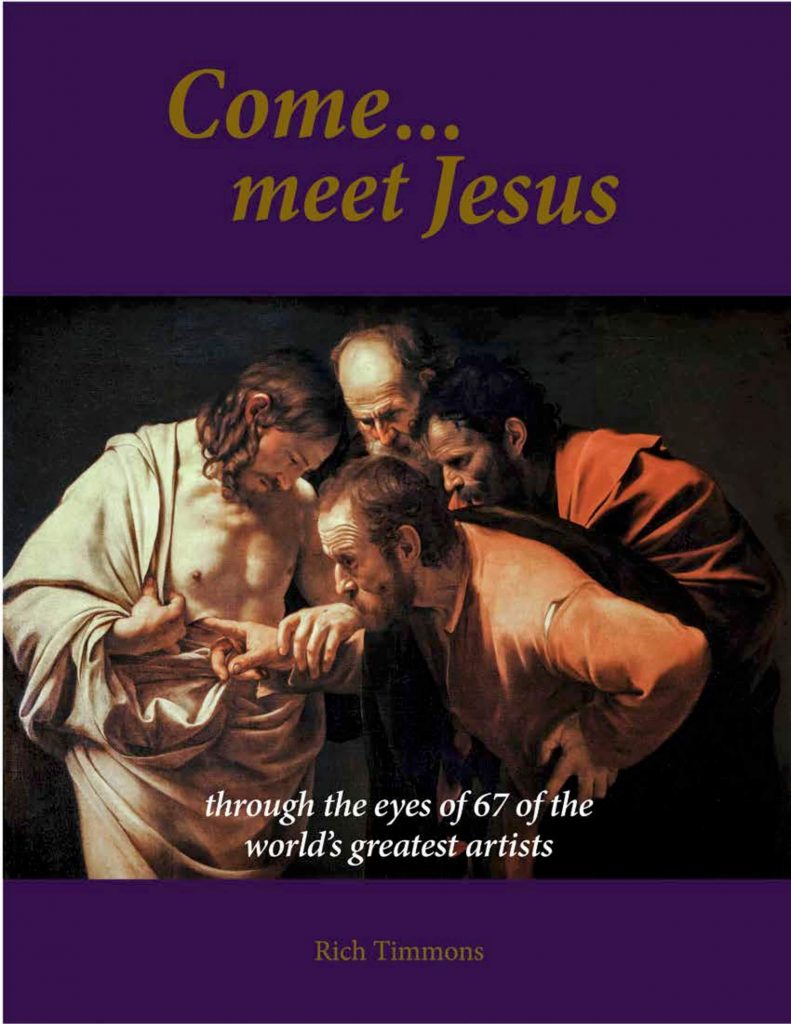Many women were there watching from afar, who had followed Jesus from Galilee, serving him. Among them were Mary Magdalene, Mary the mother of James and Joseph, and the mother of the sons of Zebedee.
Matthew 27:55-56
We know what happens after the crucifixion. We know that Jesus’ death was not the end of the story. And from our vantage point, we can see how the victory (the atonement for our sins taking place on the cross and the resurrection that follows) is foreshadowed throughout the Old Testament and in Christ’s own words to His disciples. But imagine being one of the disciples in that moment; their teacher, the Messiah, for whom they left everything to follow, was being executed. He who healed bodies and lives and opened eyes and hearts was dying an extremely painful and solitary death. And they could do nothing to stop it.
That excruciating helplessness, familiar to anyone who has watched a loved one suffer and die, is depicted so poignantly here. Jesus is literally cut off, cropped on the upper edge of the picture. He is inaccessible to the viewer, as well as to Mary. She desperately reaches up to His feet but that tiny point of contact is useless and pitiful. Her bright orange hair accentuates the reach of her arms by continuing that curving line and flies out behind her in a tumult, like waves of choking sobs. It also frames the real focal point of this painting, the empty space between her and Christ. That heavy cloud is like its own abstract painting within this realistic frame. It is quite flat because of the lack of value changes and the large, repetitive, sweeping brushstrokes. The brushstrokes curve the opposite way of Mary’s arms and hair and that creates a clashing feeling. They feel very hurried and distressed. In this empty space is a world of emotion and turmoil, a psychological separation is taking place here. Scripture says that Mary and the other women were watching from afar, so this moment would not have literally looked like this, but this painting is portraying how it felt. Mary may not have literally cast herself at the foot of the cross, but surely this was where her heart was, reaching out in desperation, but so far from her Lord. This idea of distance at the cross also echoes a greater distance taking place; Jesus was not just separate from His followers on the cross, He was separate from the Father. As He took on our sin, God the Son was cut off from God the Father. He who had only ever known joyful unity became wholly alone, shut out, and separate so that we can be brought near and reconciled with God.


